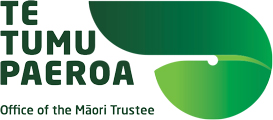What is whenua Māori
Under Te Ture Whenua Māori Act 1993 there are two types of Māori Land.
These two types of Māori land are Māori freehold land and Māori customary land.
A third category of land – General land owned by Māori – is also subject to some of the provisions of Te Ture Whenua Māori Act. There are also Māori reservations which are Māori land set aside as reservations for specific purposes.
Types of whenua Māori
Māori freehold land
This is land where Māori customary interests have been converted to freehold title by the Māori Land Court or its predecessors by a freehold order. This land has therefore never been out of Māori ownership.
Most Māori freehold land was created by the Land Courts in the 19th and early 20th centuries as part of a drive to convert communal ownership to individual title. Māori freehold land continues to be Māori land until the Māori Land Court changes its status.
Today almost all Māori land is Māori freehold land. There are about 1.47 million hectares of Māori freehold land, which makes up roughly five percent of all land in Aotearoa New Zealand.
Māori customary land
This is land that is held by Māori in accordance with tikanga Māori and that was never converted to Māori freehold land by the Land Courts, so that Māori have the same title to it as they had in 1840.
Very little Māori customary land exists today and therefore in practical terms Māori land generally refers to only Māori freehold land.
General land owned by Māori
General land refers to ordinary privately owned freehold land, and the category General land owned by Māori means General land that is now beneficially owned either by one Māori person or by a group of people the majority of whom are Māori.
Transferring shares
Shares in whenua Māori can be transferred through:
There are special rules in Te Ture Whenua Māori Act 1993 concerning these transfers. The Māori Land Court is your first point of contact when you are ready to succeed or want to transfer your ownership of your shares in Māori freehold land.
